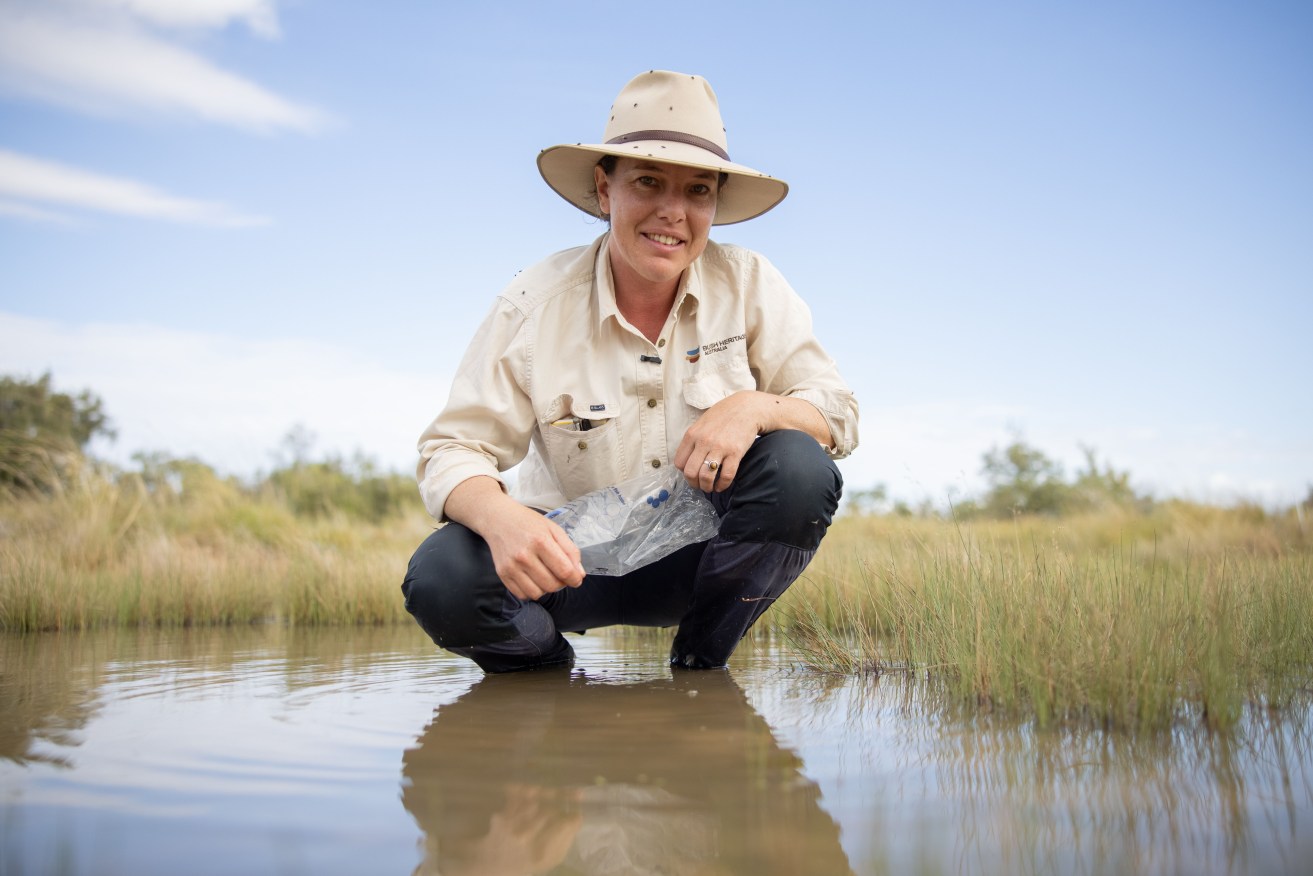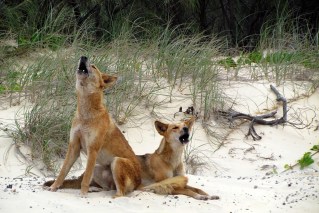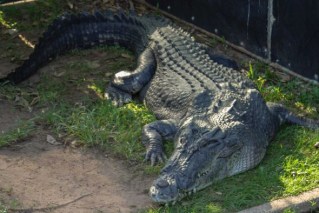Little fish are sweet: How Longreach helped save an endangered species
A critically endangered fish is fighting back from the brink, with a little help from its Queensland friends.


Freshwater ecologist Dr Pippa Kern, from Bush Heritage Australia, releases the endangered fish near Longreach.
IT’S regarded as the tiniest freshwater fish in Australia, but the endangered Red-finned Blue-eye fish is punching above its weight in waterways near Longreach.
It’s a story of resilience and recovery 13 years in the making.
Under siege from the invasive pest Gambusia, otherwise known as Mosquito fish, the native species was sick and depleted to as low as an estimated 500 known fish in the wild when ecologists mounted their rescue mission in 2008.
Led by scientists from the national conservation not-for-profit organisation Bush Heritage Australia, a campaign of captive breeding to replenish the rapidly dwindling stocks was launched.
Bush Heritage has announced that program a success, with freshwater ecologist Dr Pippa Kern releasing the first 27 fish from the intensive breeding program into one naturally occurring artesian spring on Edgbaston Reserve, 140km north east of Longreach.
Supported by the Queensland Department of Environment and Science, the aim of the program was to capture genetic diversity among native central-western Queensland aquatic species.

The endangered Red-finned Blue-eyed fish.
A further 53 fish from wild populations in different natural springs were also translocated in the initial release last week.
It is the first time captive-bred Red-finned Blue-eyes, first discovered in 1990, have been released into one of Edgbaston’s natural springs which are fed by water travelling up from the Great Artesian Basin.
Kern, who now estimates the Red-finned Blue-eye population at 2000-3000, said it was heartening to see conservation efforts paying off for “this diminutive and irreplaceable native species”.
“The Red-finned Blue-eye may be Australia’s tiniest freshwater fish but it is a hardy species, surviving in the arid zone in pretty extreme aquatic conditions,” she said.
“I’m confident that the new wild population will be able to thrive long into the future.”
A Queensland Department of Environment and Science spokesperson said Bush Heritage received $49,000 in a Community Sustainability Action grant to restore and protect habitat at Edgbaston Reserve for the Red-finned Blue-eye.
“Bush Heritage have been doing a fantastic job to protect this endangered species which is only found in artesian springs on Edgbaston Reserve,” a department spokesperson said.
“The release of animals from the captive breeding program will further help secure this endangered species in additional springs on Edgbaston Reserve.”
Since purchasing the 8000-hectare Edgbaston Reserve in 2008, Bush Heritage has been working to eradicate springs of feral Gambusia, an introduced and invasive species that out-compete Red-finned Blue-eye and may prey on their eggs.
Springs have been fenced with protective barriers to prevent Gambusia from re-entering during times of flooding.
Three artificial springs were also constructed using bore water from the Great Artesian Basin to mimic conditions in the natural springs as much as possible.
The captive populations have successfully bred in these artificial environments.
As well as the Red-finned Blue-eye, the group of springs at Edgbaston are home to more than two dozen species found nowhere else in the world, including another critically endangered fish species, the Edgbaston Goby, 11 snail species, a small crustacean, a flatworm, a species of dragonfly and many plants.












